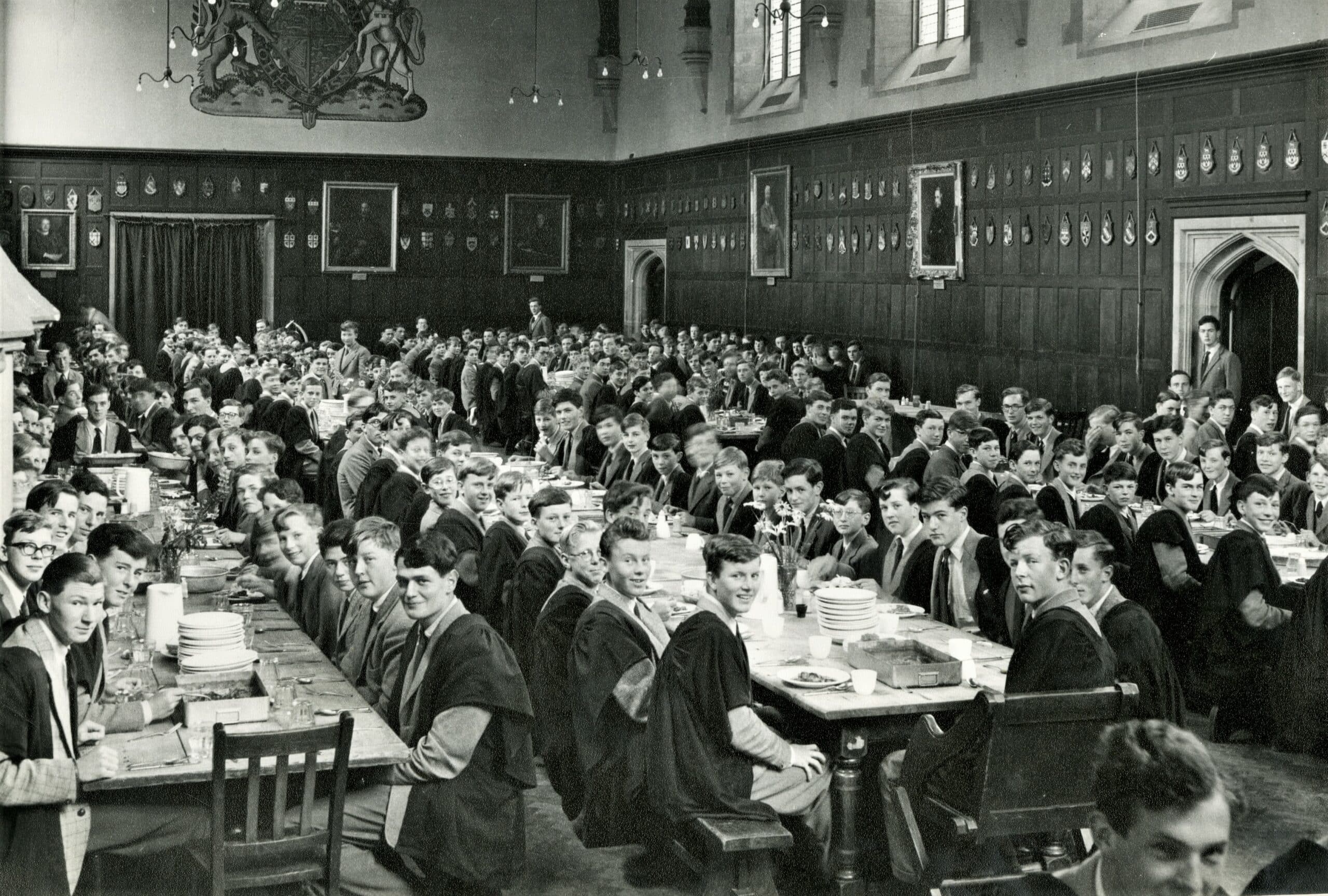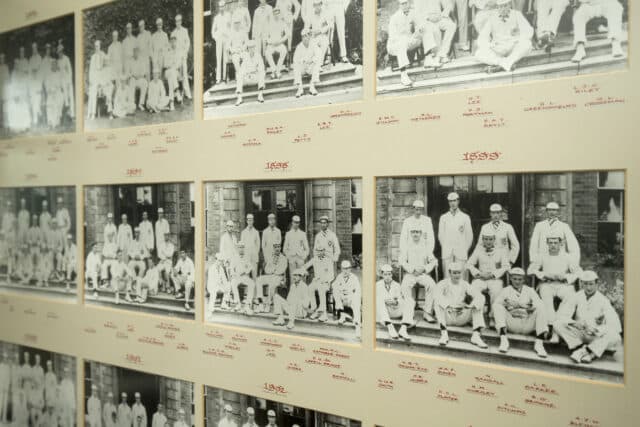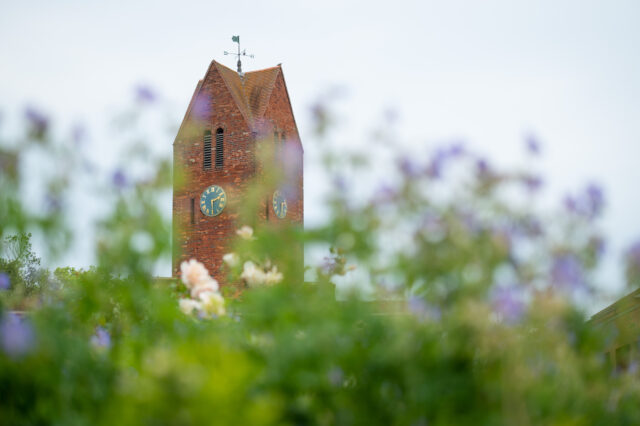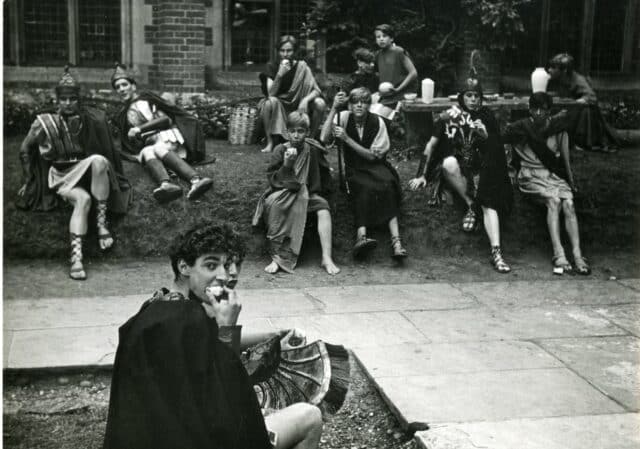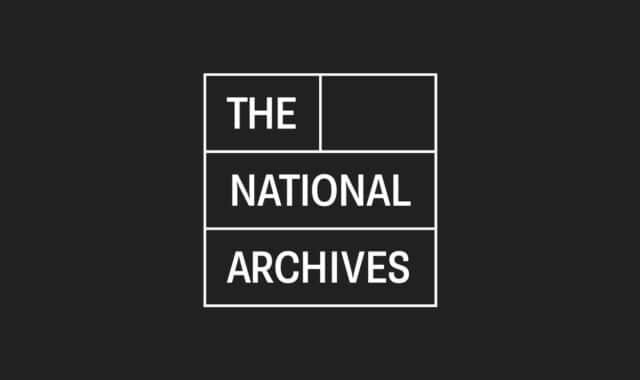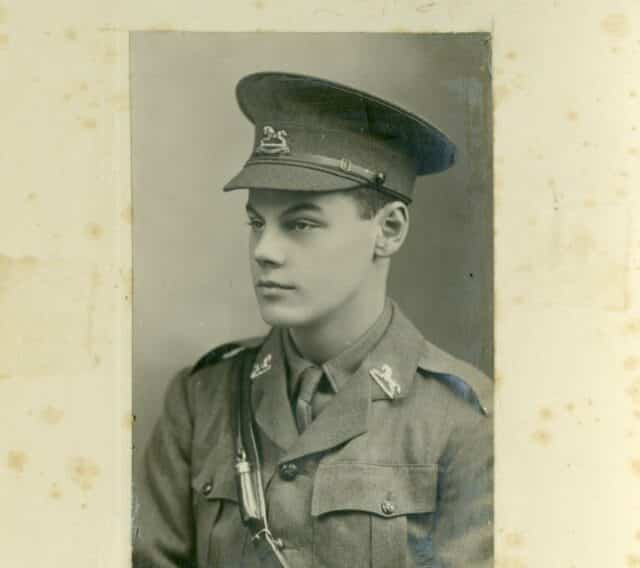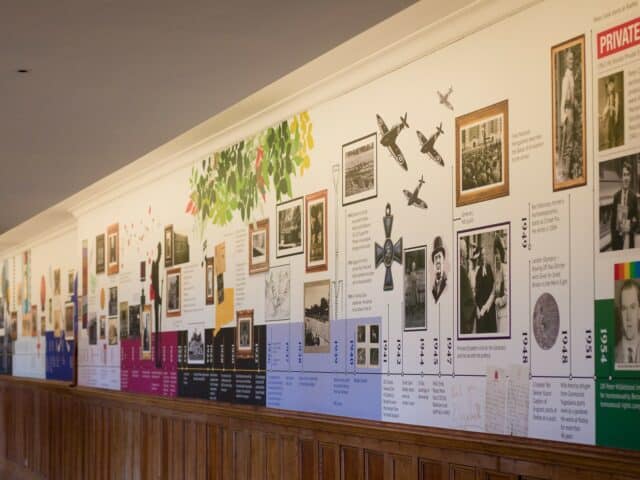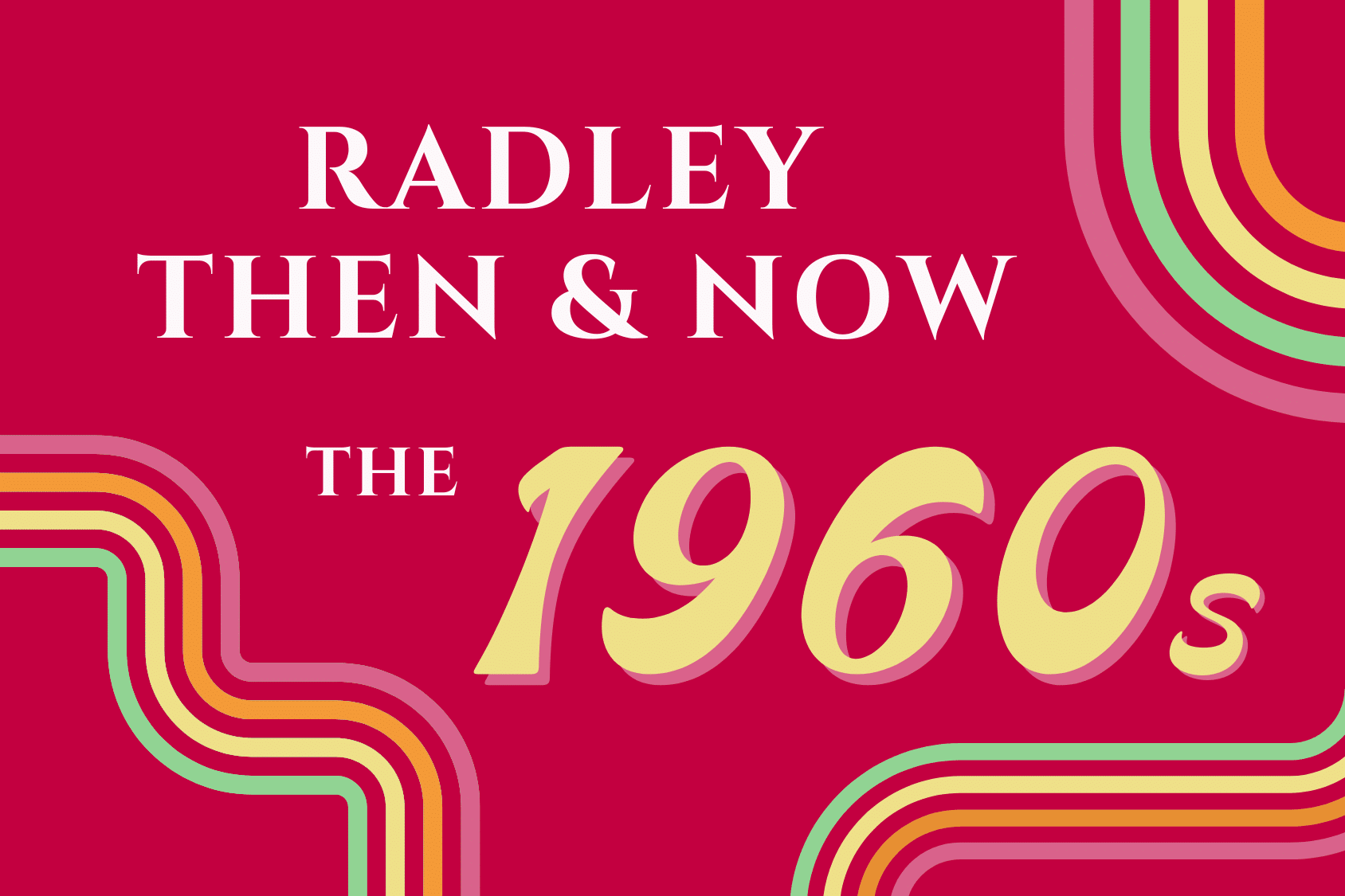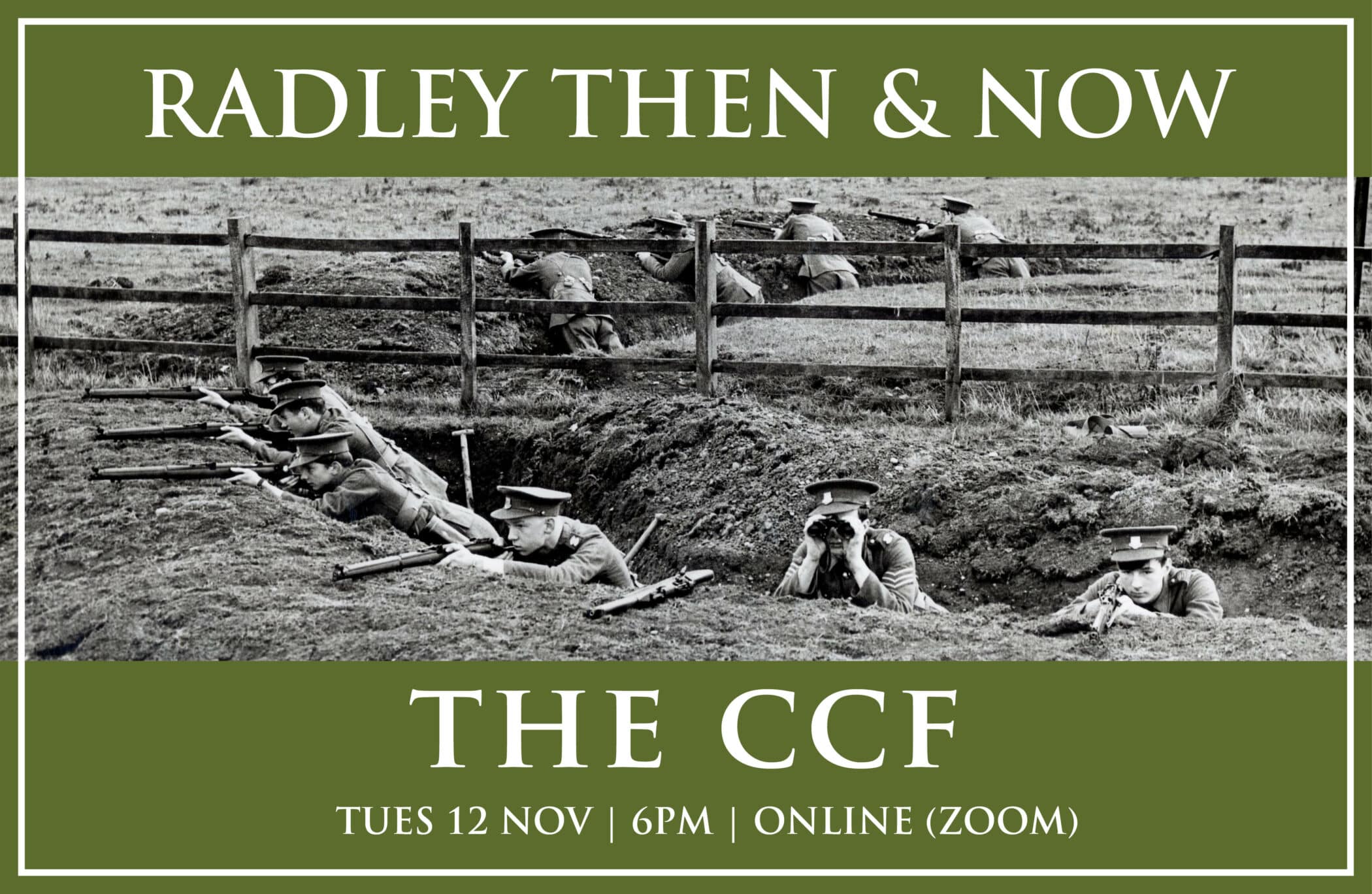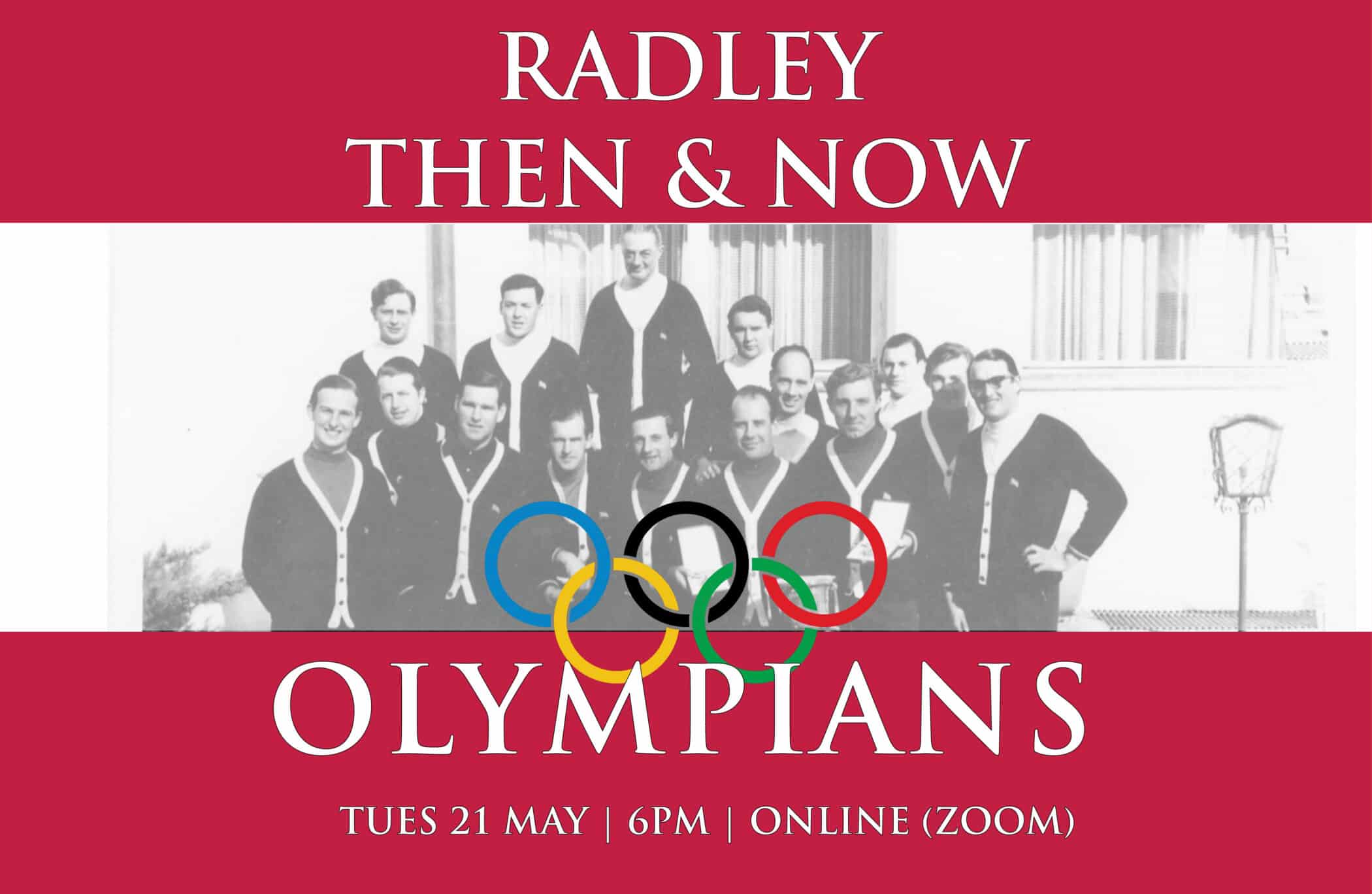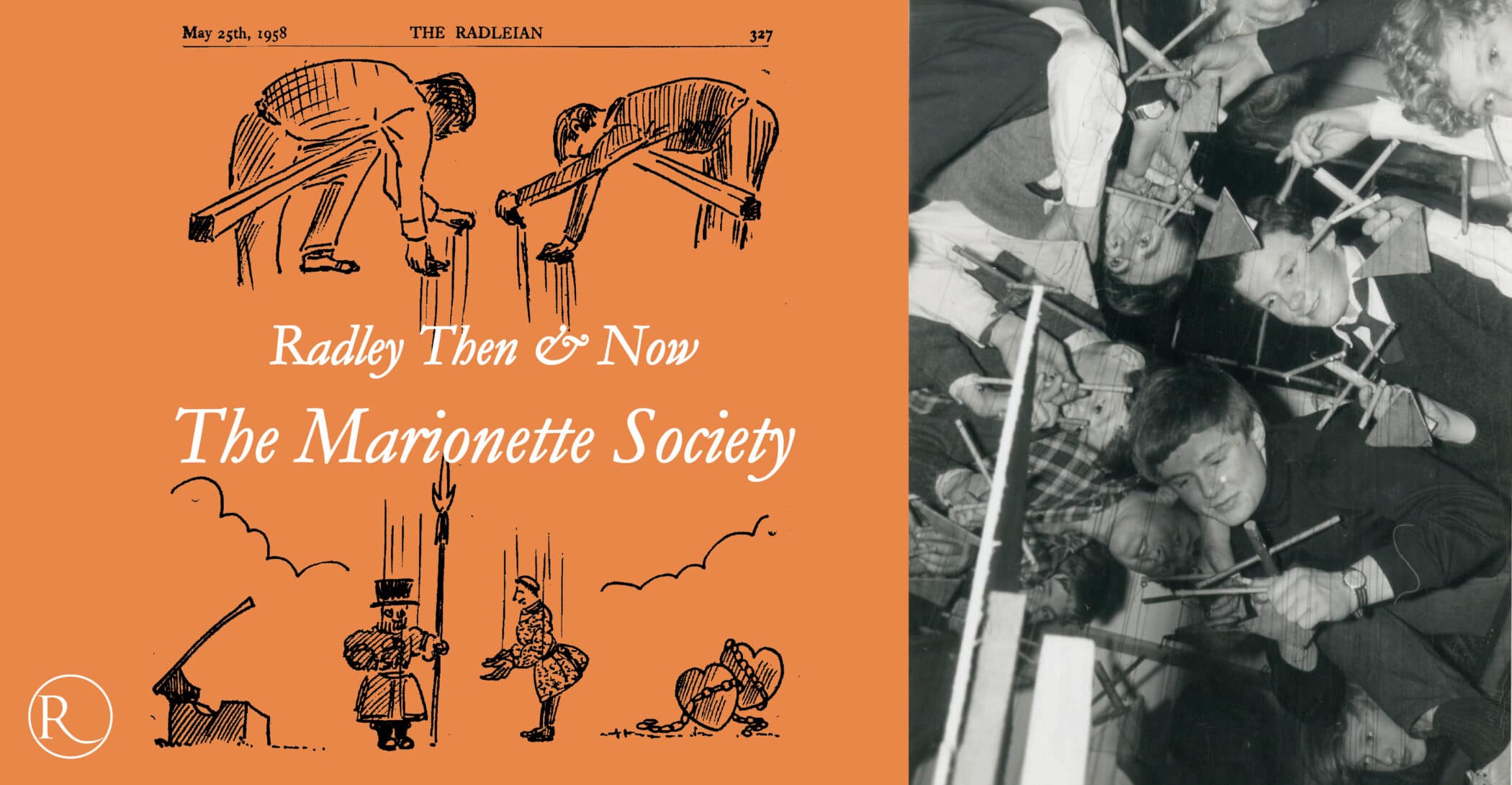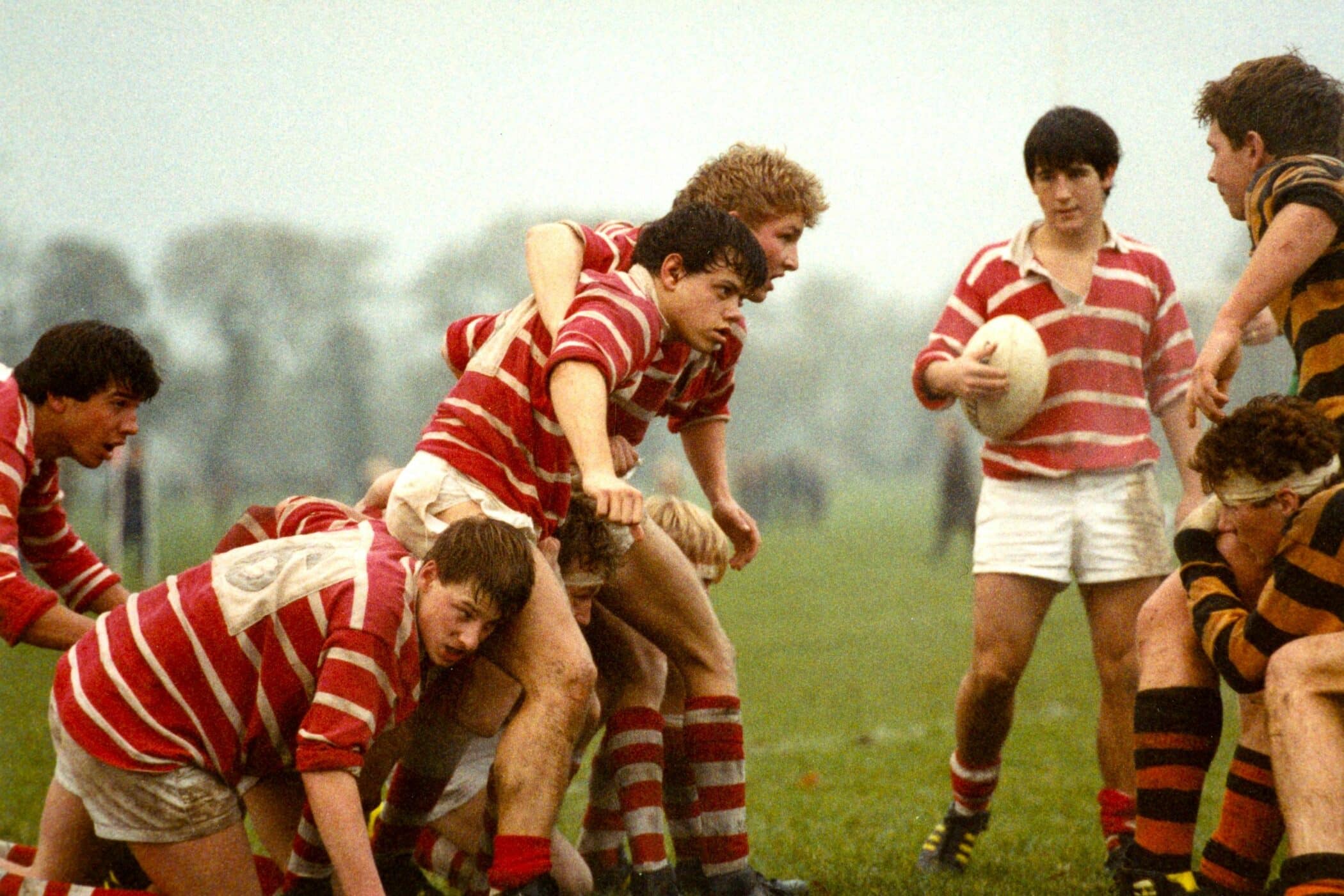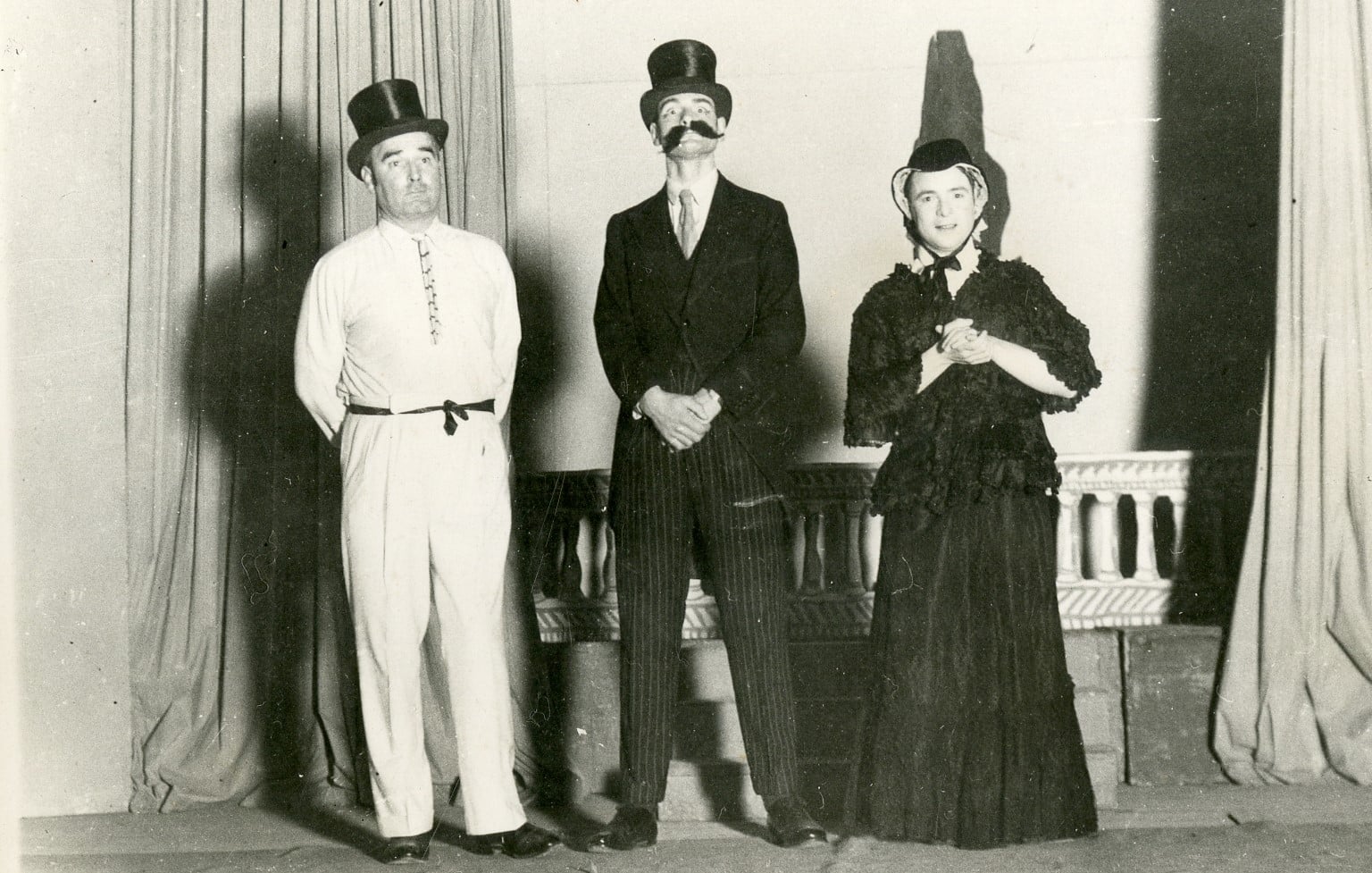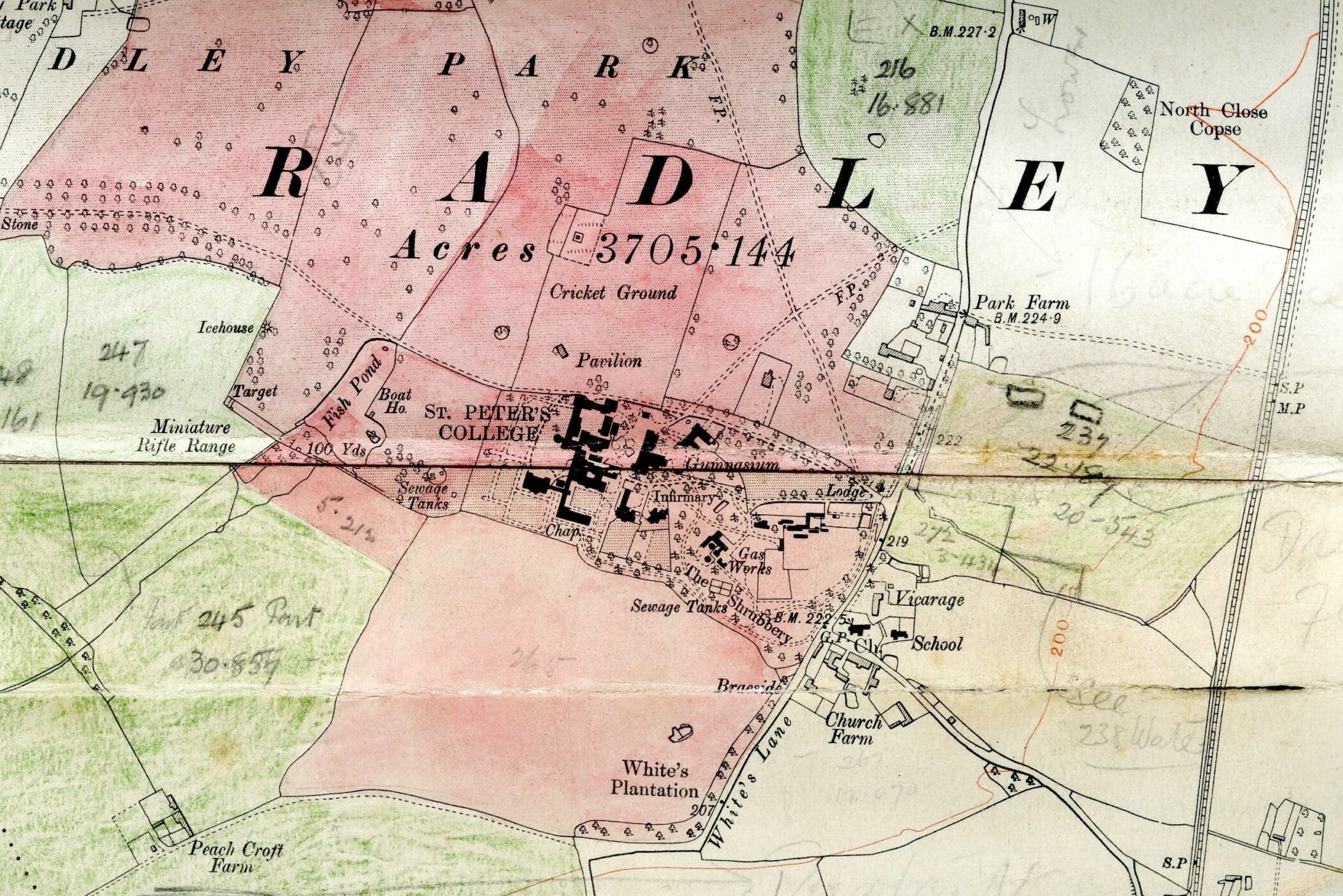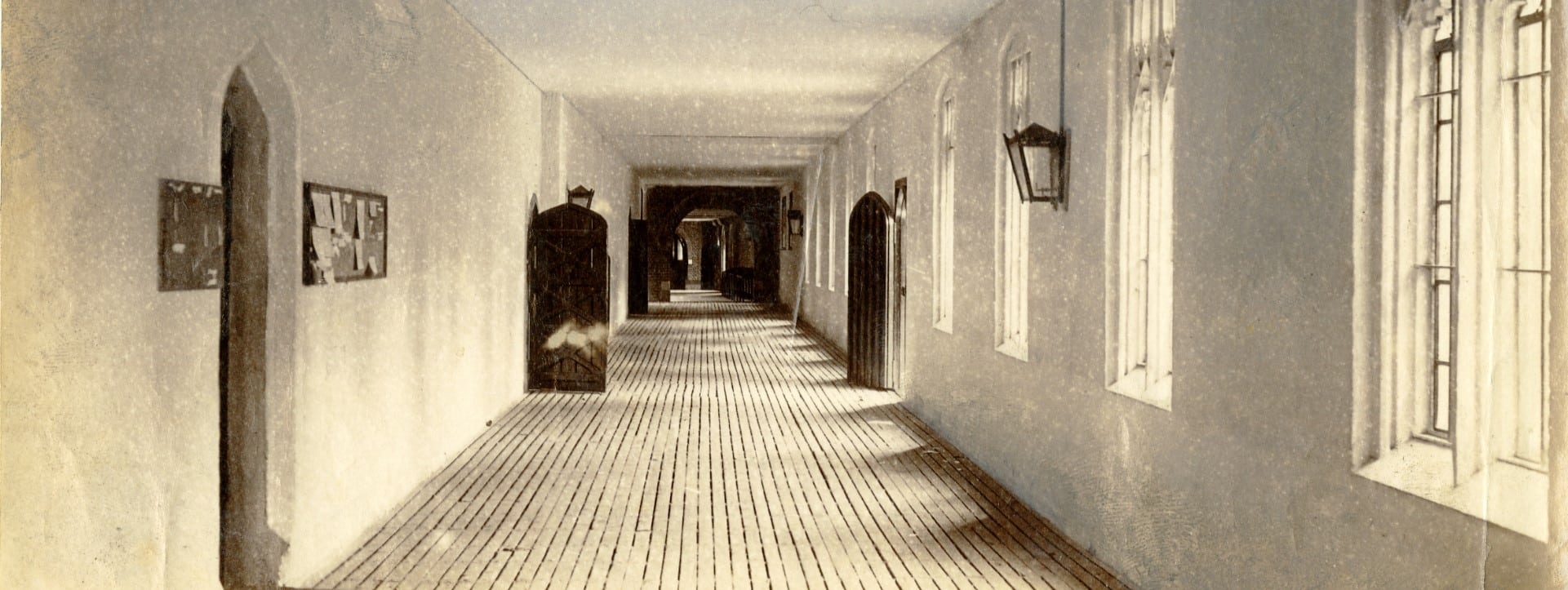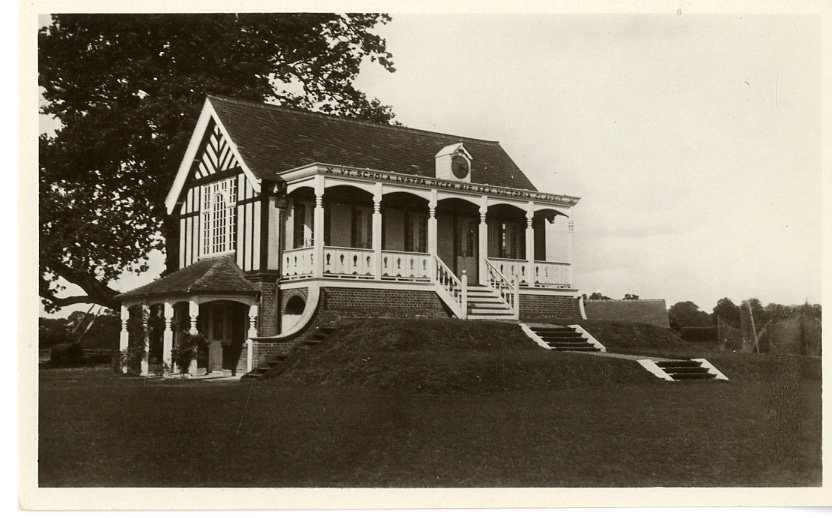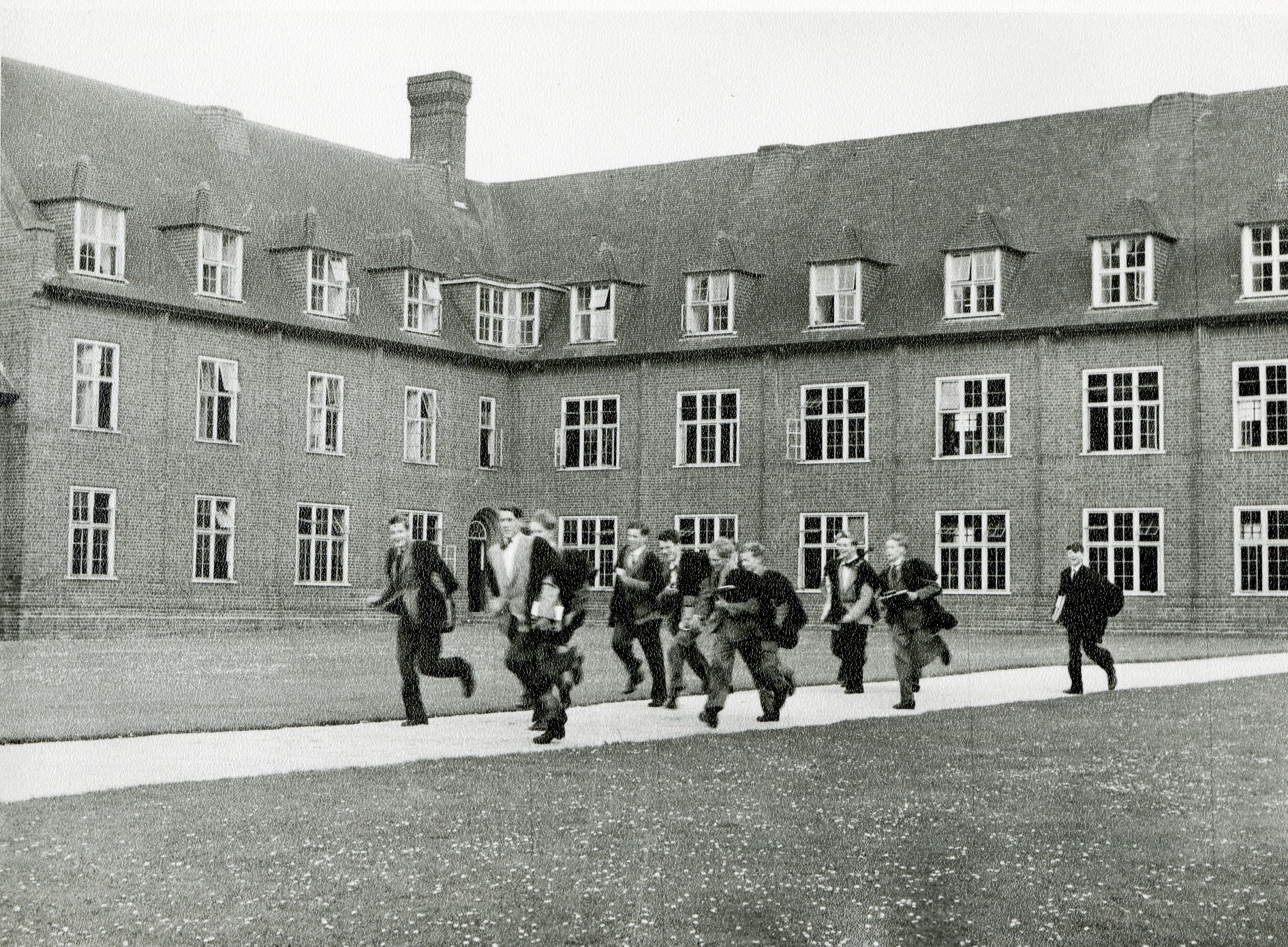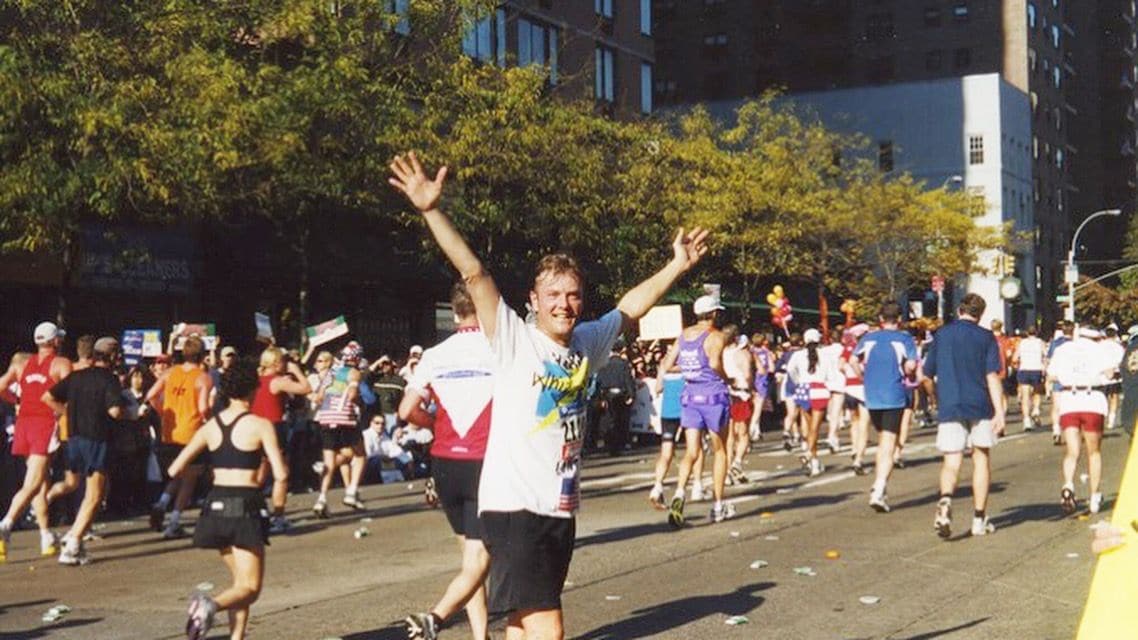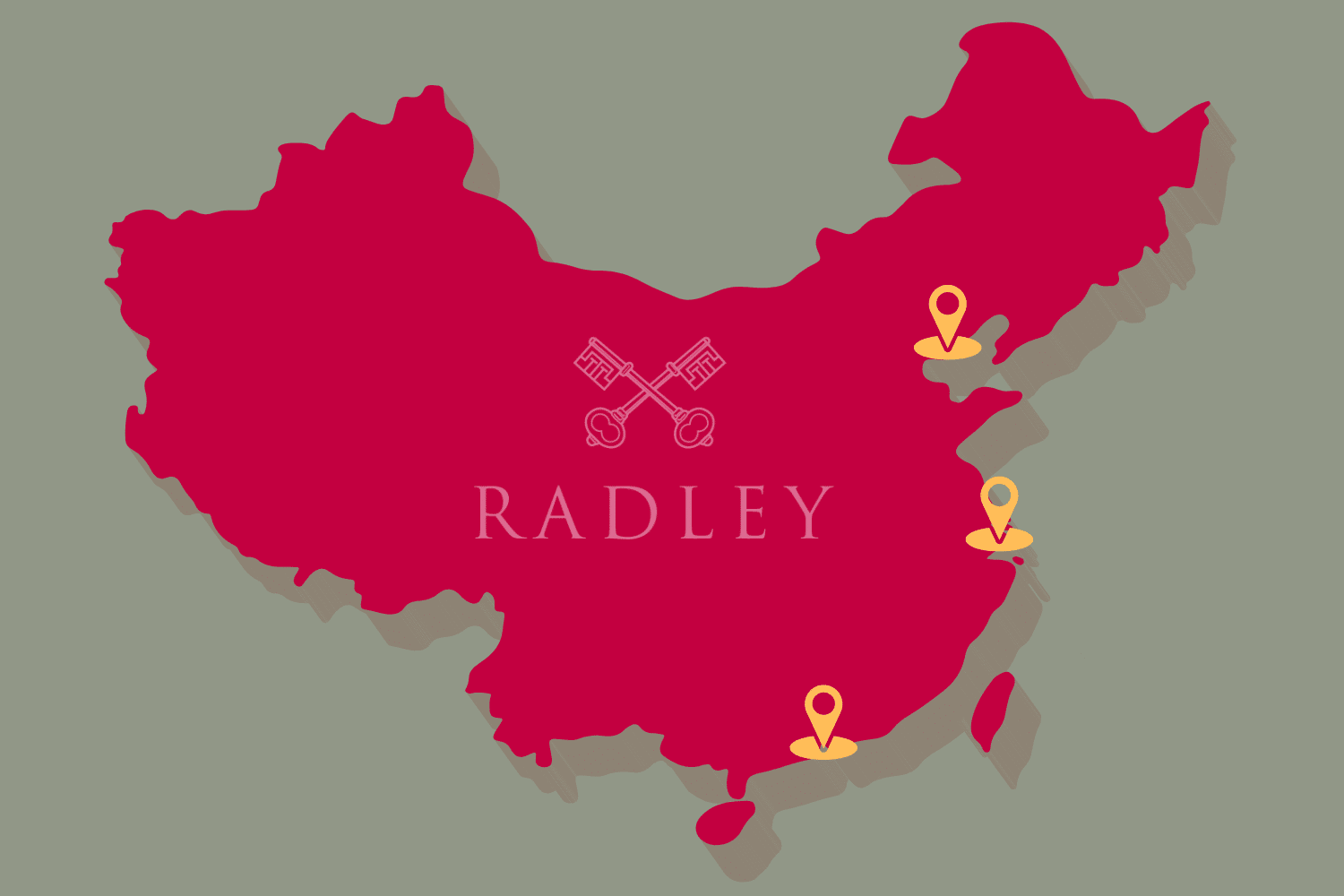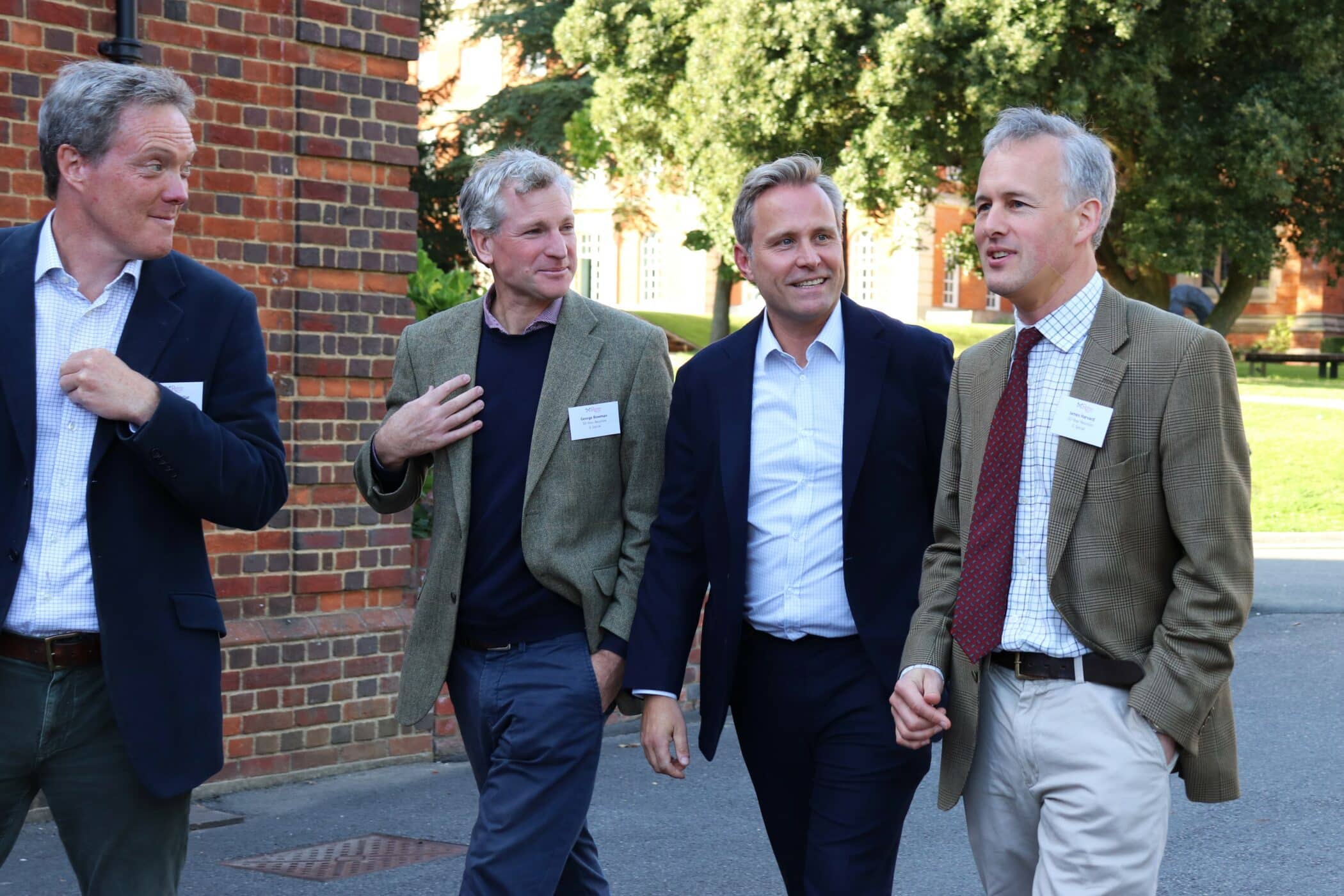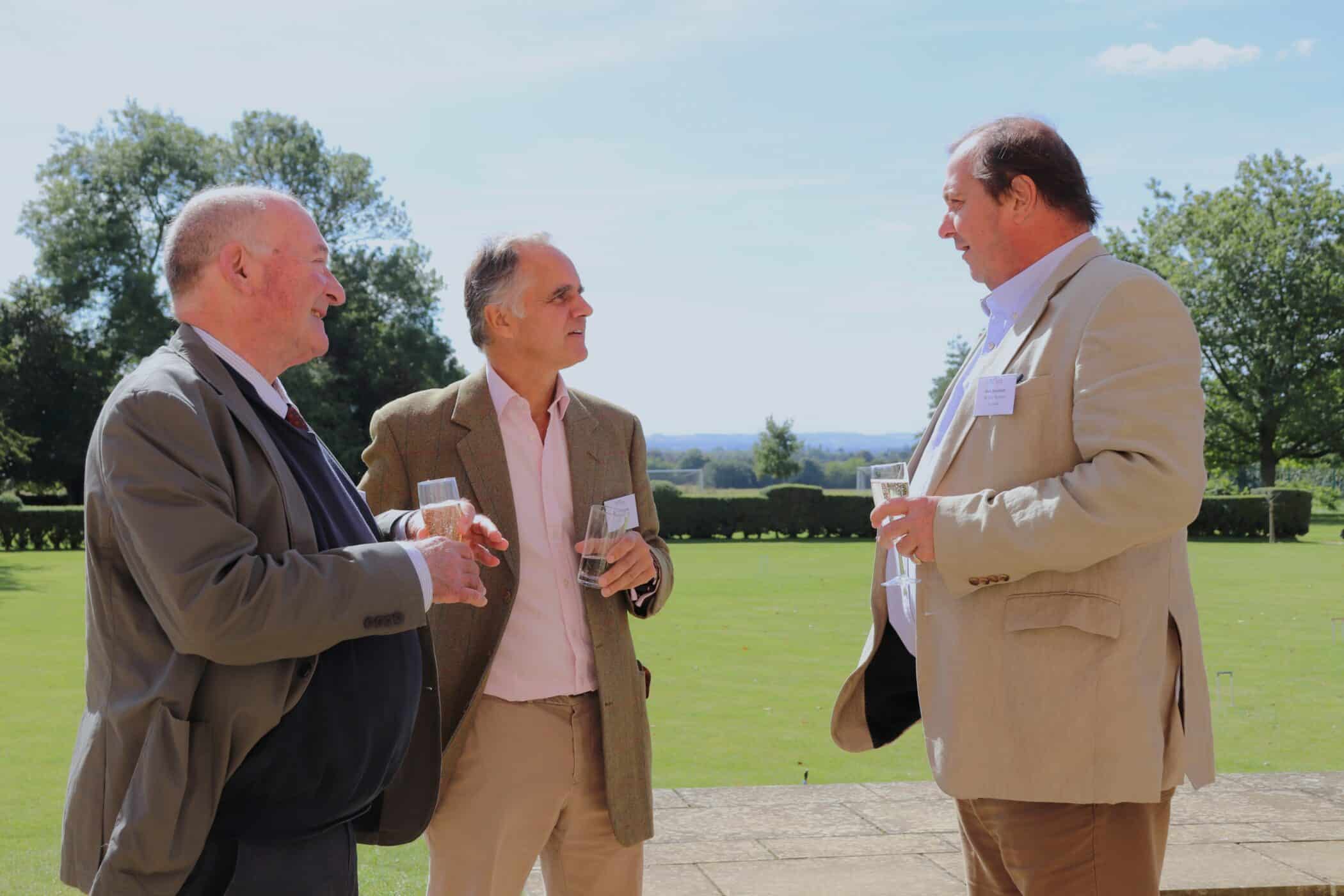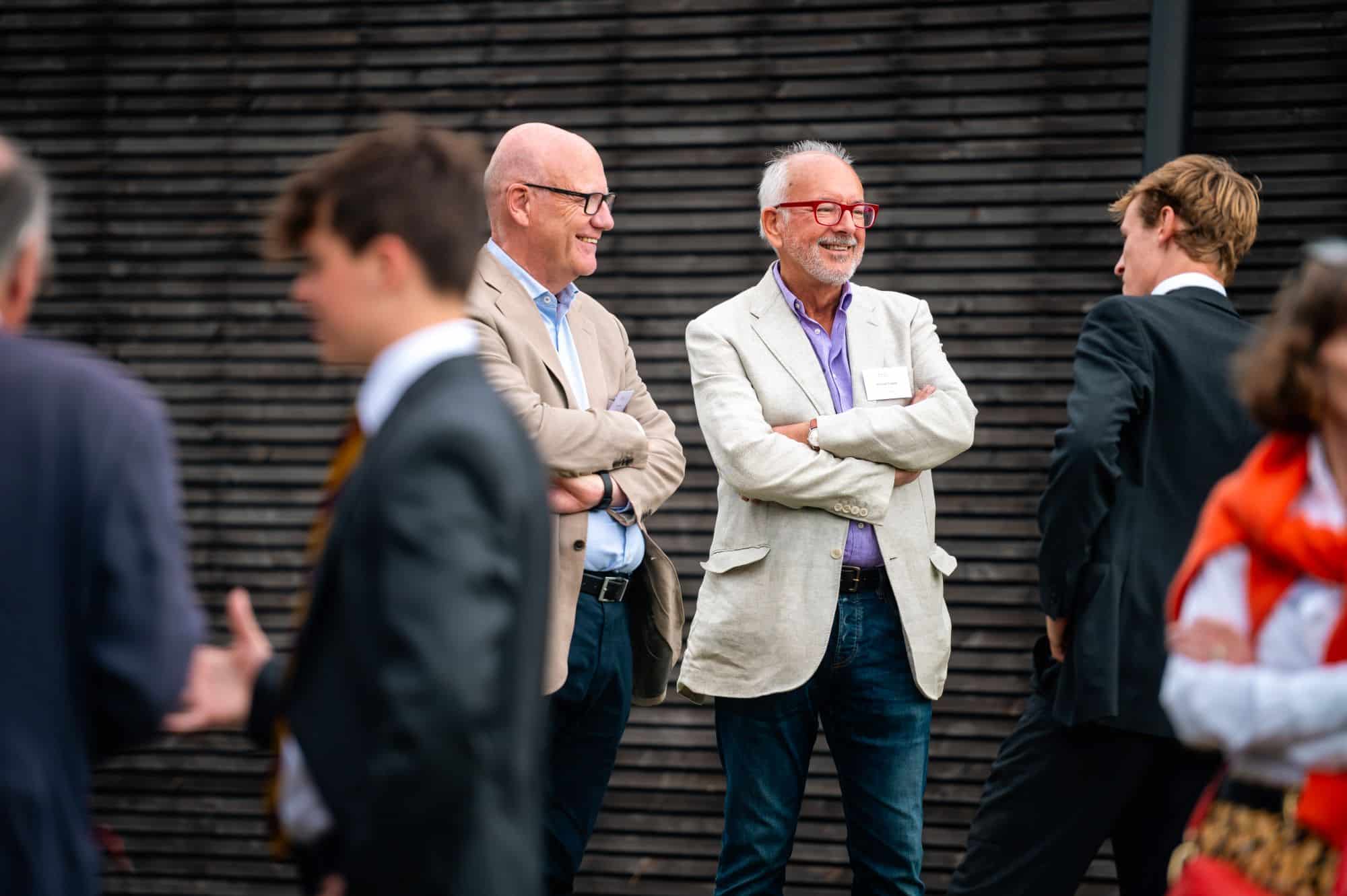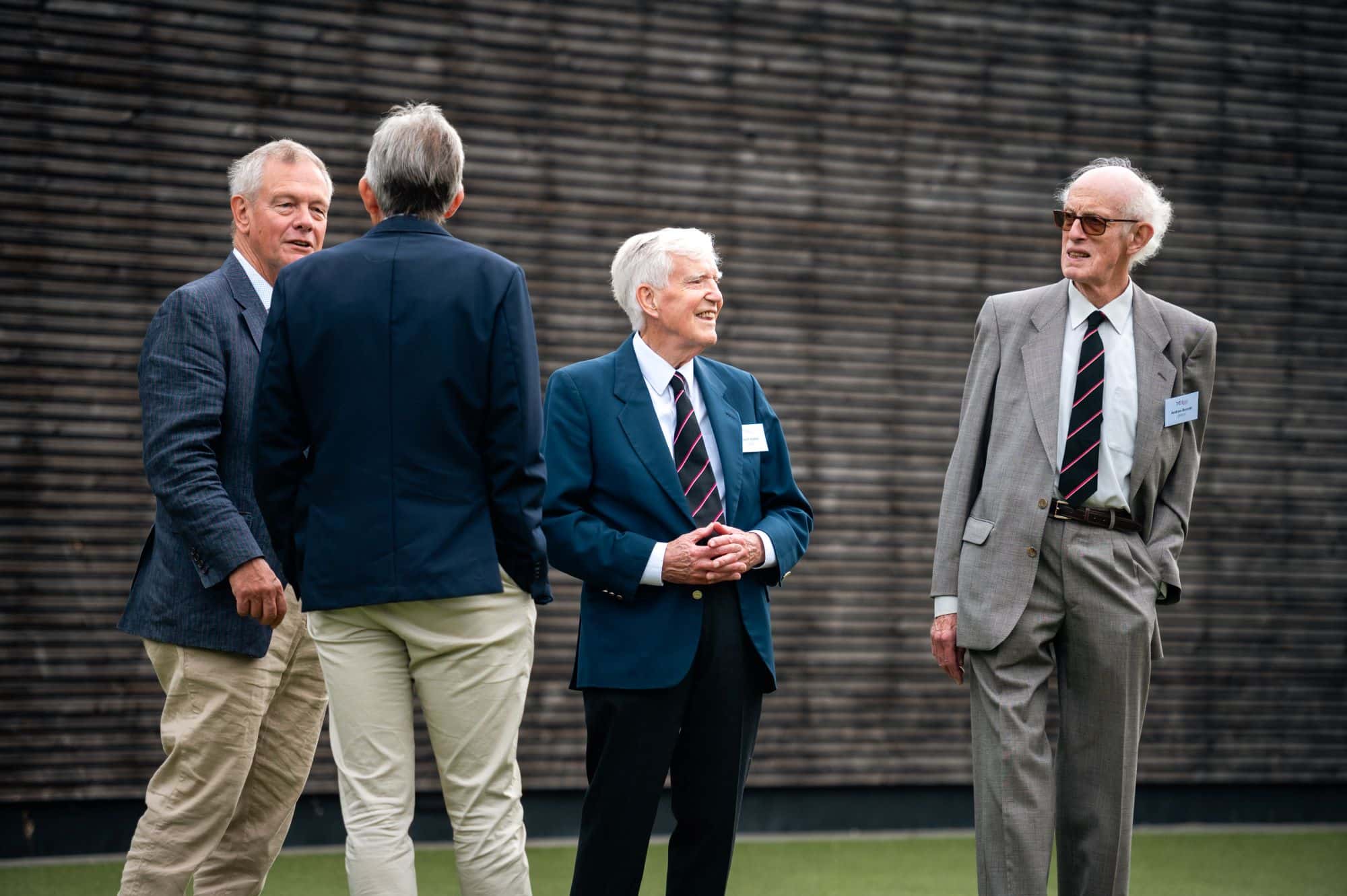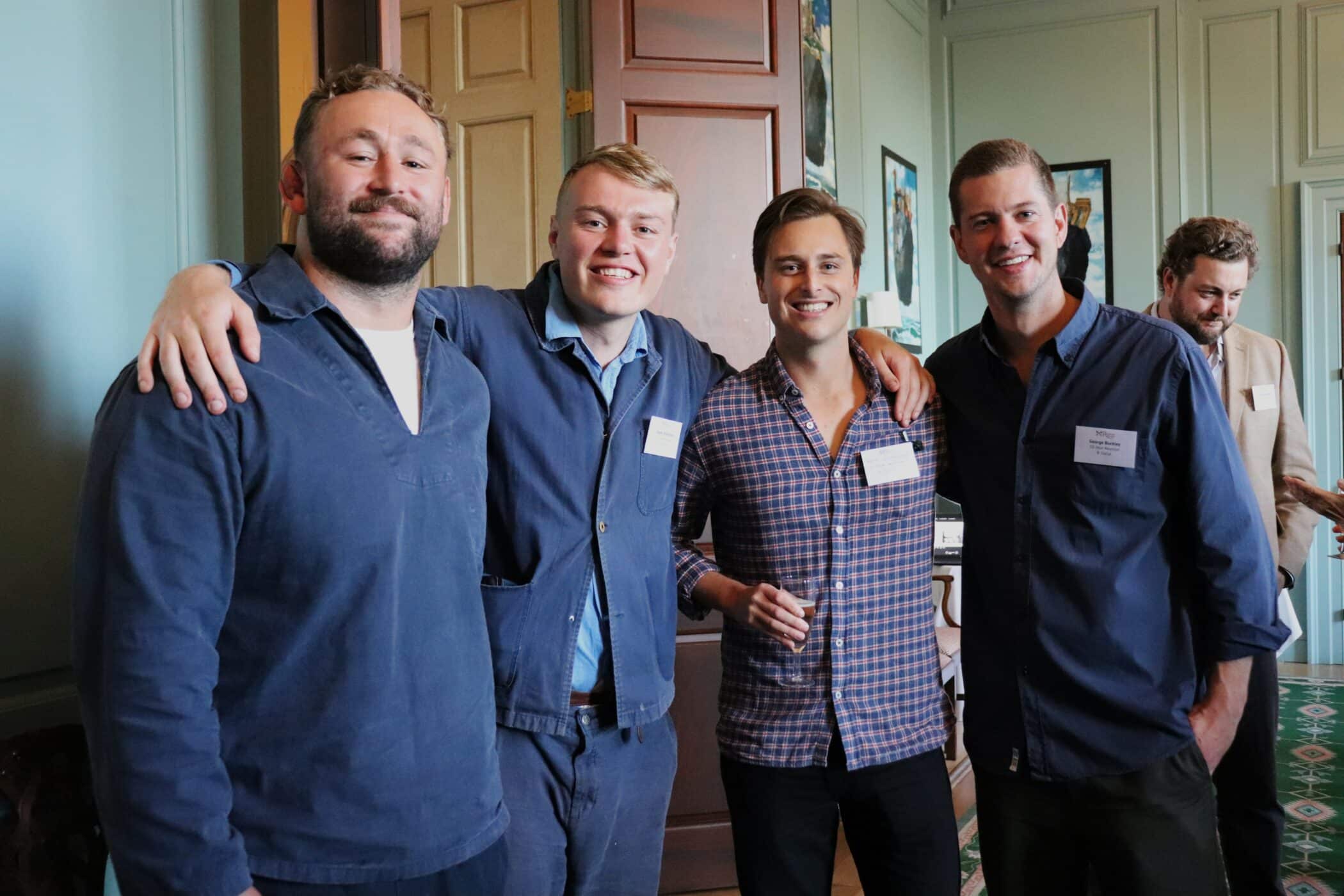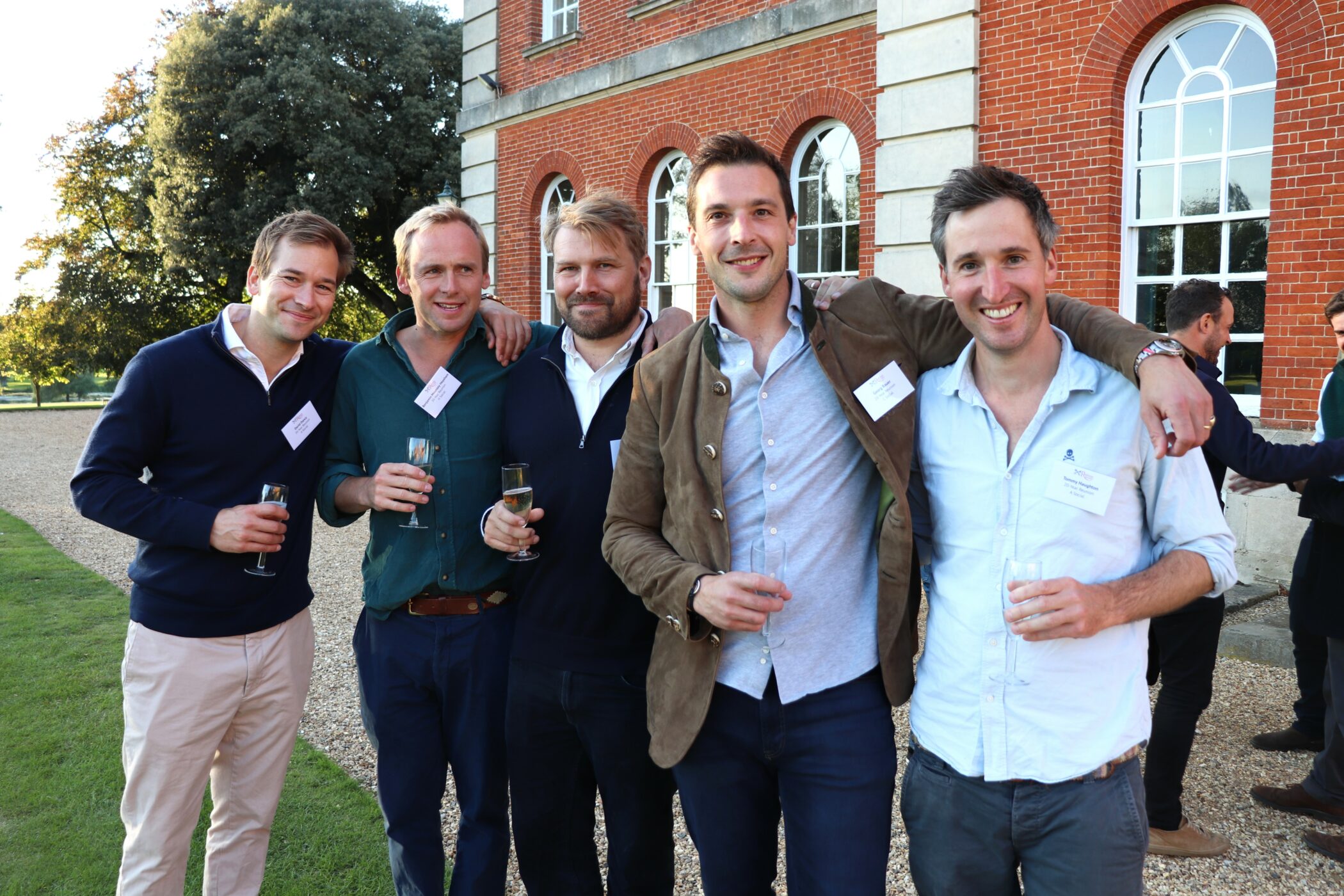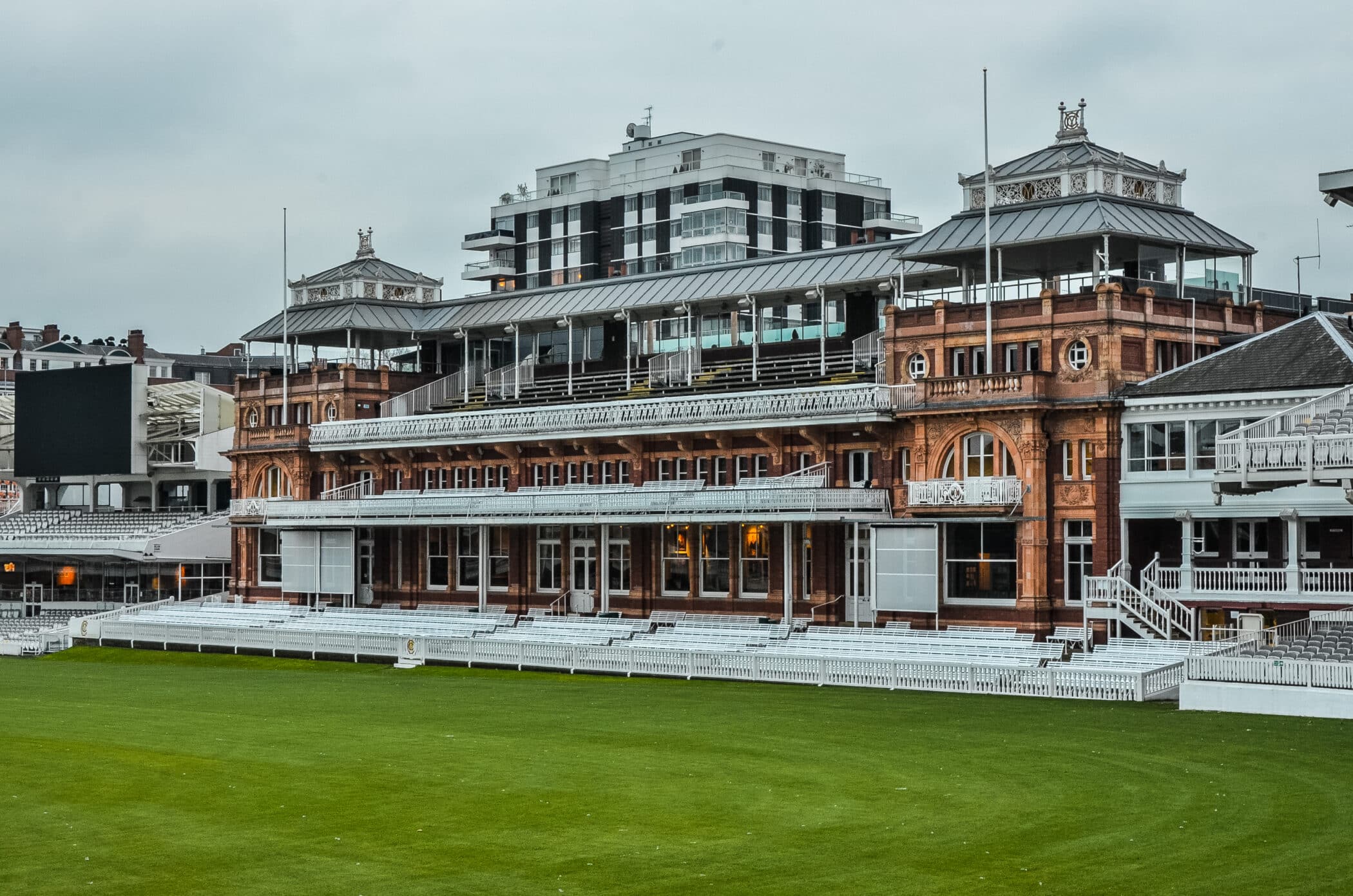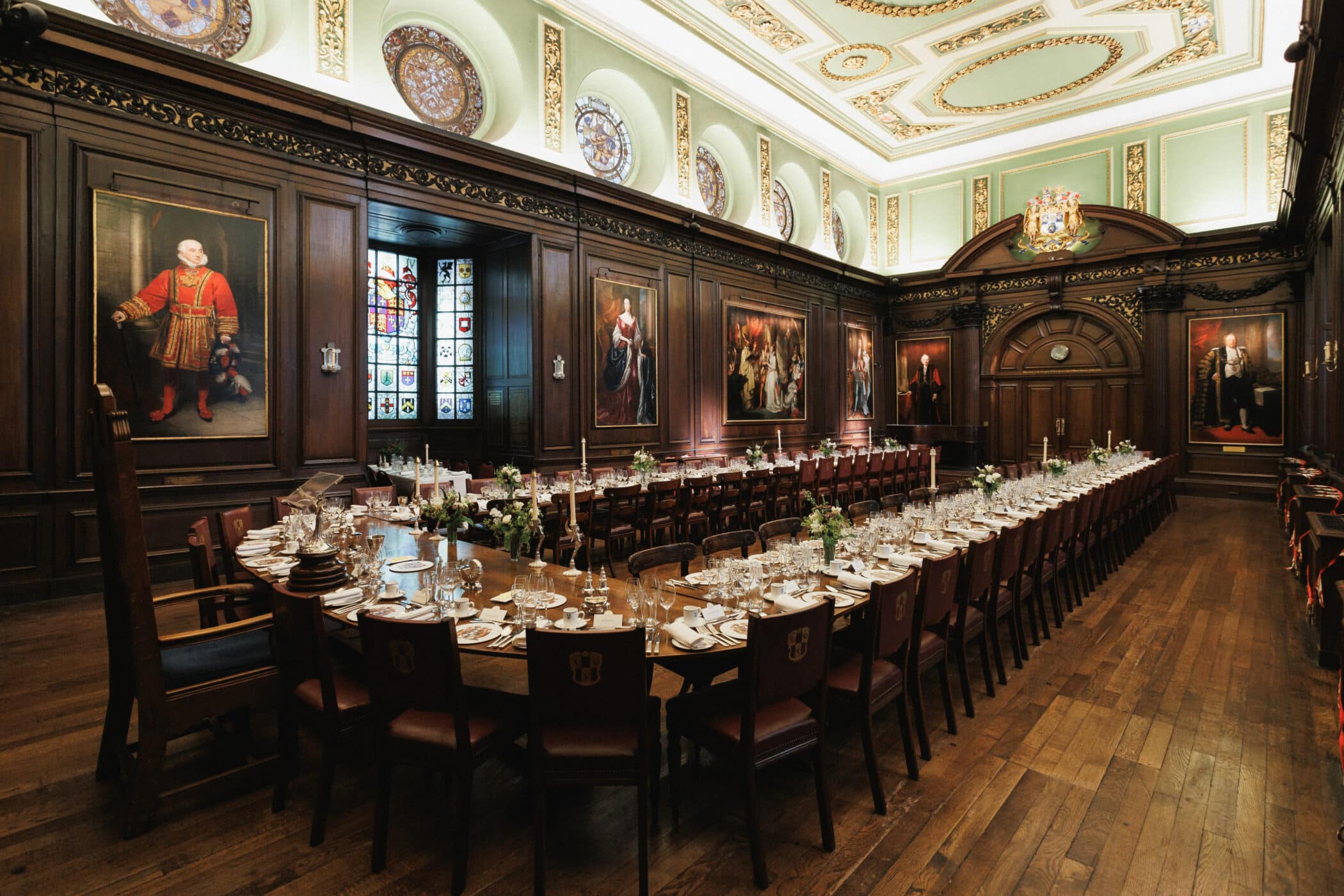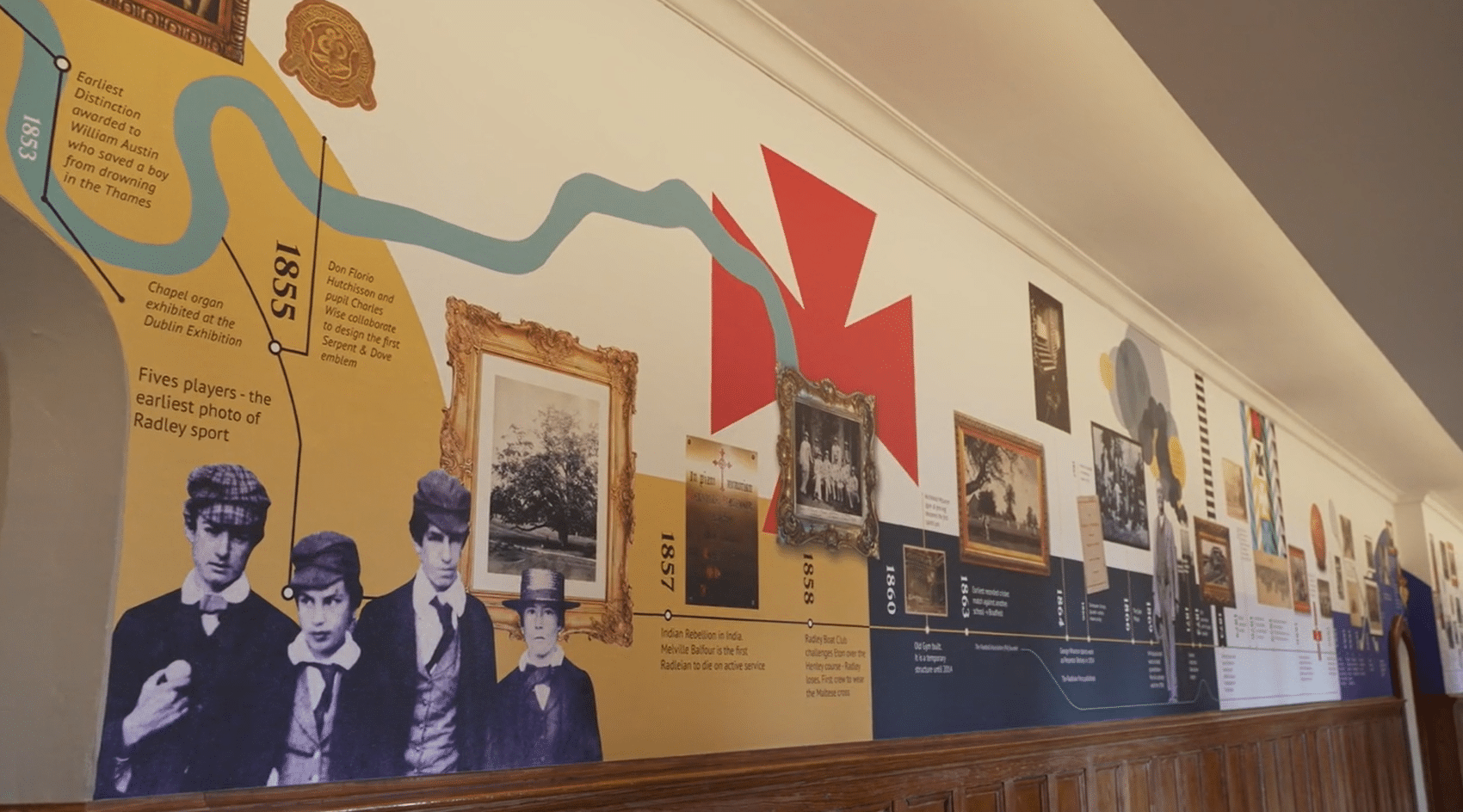
Radley College was founded in 1847 by William Sewell (1804-79) and Robert Corbet Singleton (1810-81).
The founding principles of the school are Christianity, Beauty, Privacy and Collegiality. The Founders were inspired by the Oxford Movement in the Anglican Church to create a school for boys based on Christian principles of brotherliness, reinforced by the beauty of the environment and the objects which surrounded them. Daily choral services in a finely decorated chapel were a key aspect of the school, and remain so today. In addition, each boy had his own private space, an enclosed cubicle within a dormitory: this was a pioneering innovation which was rapidly adopted by other leading English public schools.
The new school mirrored the social and administrative structures of an Oxford College. Thus the Headmaster is called the Warden, and the teaching staff originally called Fellows (Latin Socius), are now known as Dons. The boys were initially affiliated to individual Fellows for pastoral care, and thus became known as ‘Sociales’, from which Radley derives the unique name for its boarding houses: Socials.
We wish to surround the boys with an atmosphere breathing greatness and goodness.
The site chosen for the school was Radley Hall, built in the 1720s for the Stonhouse family. In 1770, Sir William Stonhouse commissioned Capability Brown to re-design the grounds. Elements of his design are still visible. The earliest school buildings are the Chapel (replaced by the current building in 1895) F Social and the Octagon, the earliest living accommodation for the boys, and the Clocktower, now the icon of Radley. Building work has continued into the twenty-first century.
The grounds are extensive, including a lake, a golf course (first laid out in the 1870s), ancient woodland, games pitches and the Countryside Centre and farm.
Alumni of Radley College include:
- England cricket captains, Ted Dexter, CBE (1948, F), and Andrew Strauss, OBE (1990, B)
- Olympic medalists in rowing, Richard Budgett, OBE (1972, D), Oliver Wynne-Griffith (2007, D/J), and Tom George (2008, G)
- World rackets champion, James Male (1977, B)
- Poet Laureate, Sir Andrew Motion (1966, A)
- Art historian and former Director of the National Portrait Gallery, Sandy Nairne, CBE (1966, A)
- Actors, Desmond Llewelyn (1928, E), Dennis Price (1929, E), and Peter Cook (1951, C)
- Pioneering bomb disposal expert, ‘Mad Jack’ Charles Howard, Earl of Suffolk (1921, D)
- Campaigners and activists, Peter Wildeblood (1937, A), Clive Stafford-Smith, OBE (1973, F) and Tom Shakespeare, CBE (1979, D)
- Literary figures Harold Monro (1892, D), James Lovegrove (1979, C), and Richard Beard (1980, A)
Four histories of the school have been published, the most recent being in 2022 for the 175th anniversary: Untold Stories written by College Archivist, Clare Sargent.

